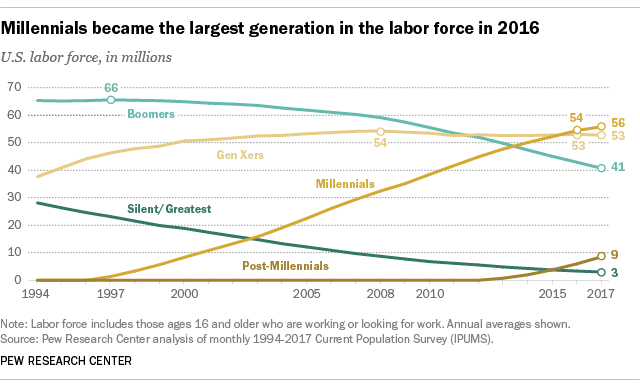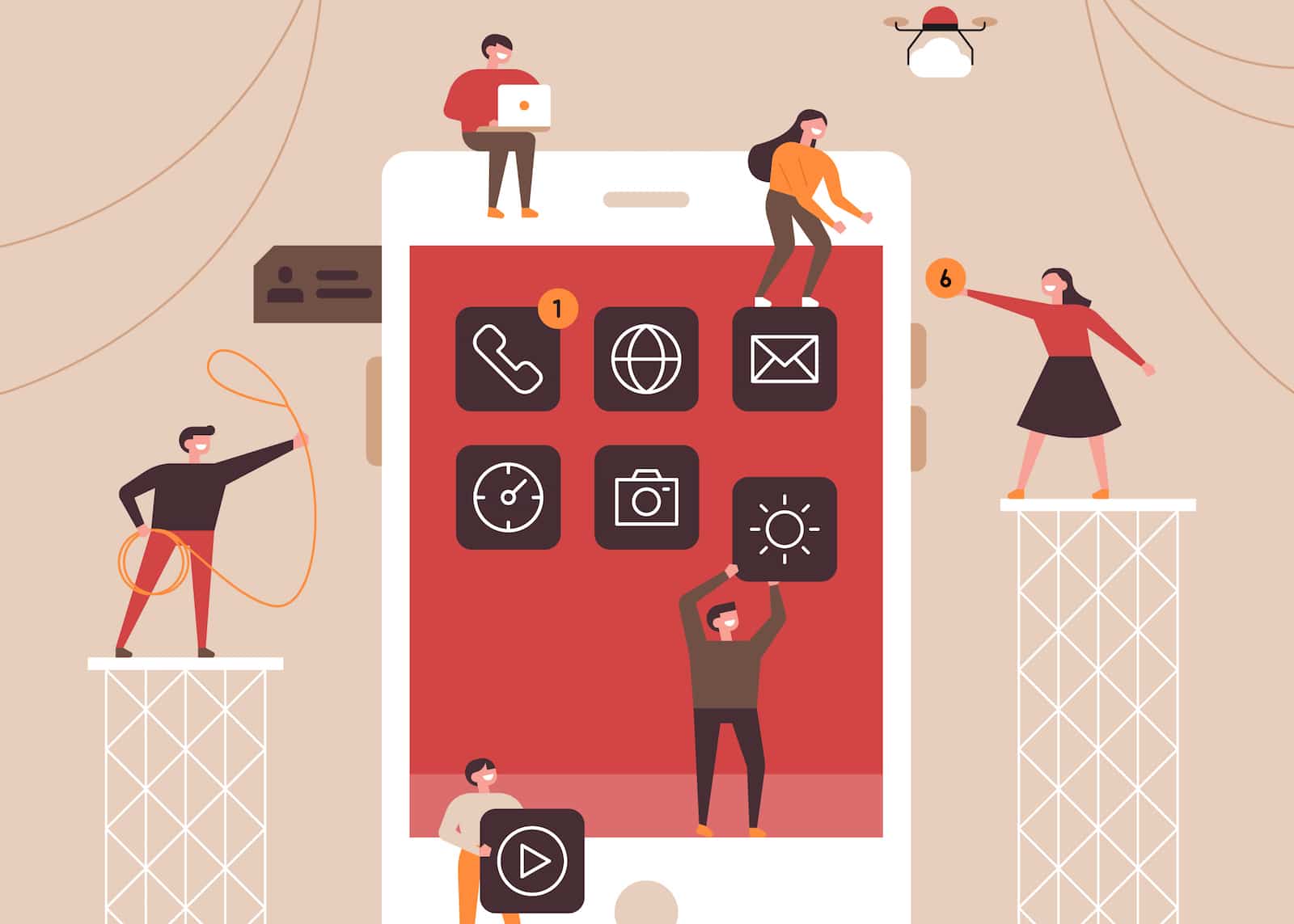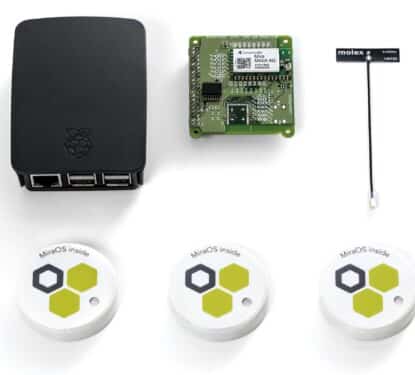A new generation of workers is demanding a new type of technology to bring about a new era for the workplace. This is the conclusion of numerous surveys investigating the tectonic shifts underway for how, where and why we work.
According to a Pew Research Center analysis of U.S. Census Bureau data, Millennials became the largest generation in the US labor force in 2016 and now make up more than 56 million of nation’s 160 million plus working population. That means Millennials - those born between 1981 and 1996 according to Pew - now make up more than 35% of the workforce, and this tech-savvy generation is now redefining the workplace as we know it.

“Younger workers are cutting the cords that tied employees to their desks, through flexible and remote working options. Smart design and greater connectivity will be required to ensure spaces and enterprises are equipped for hot desking and remote working,” explains our comprehensive report The Future Workplace: Smart Office Design in the IoT Era. "This change need not be at extra expense, in fact progressive corporations are already reducing the scale of their offices below the size of their workforce to account for the increased numbers of remote workers.”
Perhaps the most significant impact the millennial generation has had on the work landscape is the growth of the gig economy. Freelance workers now make up 34% of the American workforce, which is expected to rise to 43% by 2020. This figure includes freelancers of all types from those on online marketplaces such as Upwork, platforms like Uber, but also more traditional freelancer roles like plumbers, electricians, and journalists. The growth of this freelance group has paved the way for full-time employees to work from home much more, a trend that has been further enabled by mobile technology.
“As a result of the continued proliferation and rapid adoption of mobile applications, employees are constantly on-the-go and getting work done outside of the office,” says the 2018 Workplace Communications Report by Intermedia. “Mobility no longer means access to just email and mobile phone service – it now includes everything from chat, to video conferencing, to file sharing, to project management.”
In their survey of 1,000+ US knowledge workers, 71% agreed that mobile applications give them peace of mind on where their work projects stand, while 66% feel apps make them more efficient. Furthermore, 77% of organizational leaders believe that adding work applications on their mobile phones has had a positive impact on their productivity. Not only is the growing use of mobile technology increasing the productivity of workers, the flexibility provided when employers promote this tech is also influencing employee attraction and retention.
In fact, technology that enables greater mobility is now becoming a big consideration when potential employees accept job offers. Respondents to Intermedia’s survey say they would not take a position if a company didn't offer company communications through; mobile phones (30%), video conferencing 28%, instant messaging 27%. Video conferencing, in particular, is plays a critical role in helping companies and their employees save travel time and money. 75% of organizational leaders say their need to travel for work has been reduced due to expanded video conferencing capabilities.

“As technology continues to advance and facilitate the future of work, it’s time for organizations to recognize the future of employee expectations as well. From mobile applications to video conferencing to email and voice assistance, employees want technology that works for them, not the other way around,” Costin Tuculescu, VP of Collaboration Product, Intermedia.
“Organizations that create a work environment that leverages the unified communications technologies that employees want to help them all work together seamlessly will be the ones that succeed in their digital transformation. As a result of removing location restrictions, companies can also experience a direct positive impact on their ability to recruit, hire, and retain top talent,” Costin continued.
As Millennials filter increasingly into upper management positions this new era of work will mature and normalize but, for now, it will be the companies that embrace this transition that have the most to gain over those who fail to stay current. While the rise of the internet in the 1990s felt like it created a tech-savvy generation like no other, it may not be too long until we see the next generation making their own demands and reshaping the work landscape all over again.
“Millennials will make up 75% of the workforce by 2025, whilst Generation Z (those born after the year 2000) will begin to enter the workforce from 2018. These are generations that have grown up with digital and connected technology, and they will prioritize smartly designed and technology rich workplaces when choosing between employment options,” explains our in-depth report The Future Workplace: Smart Office Design in the IoT Era. “Employers should heed the trends taking shape across society,” the report warns.



